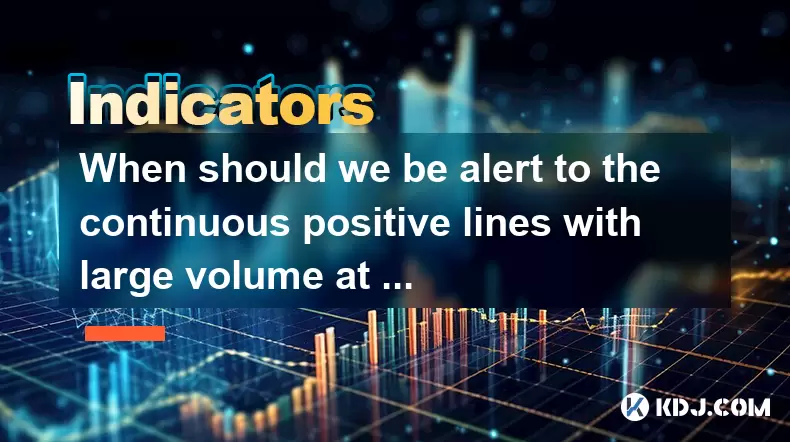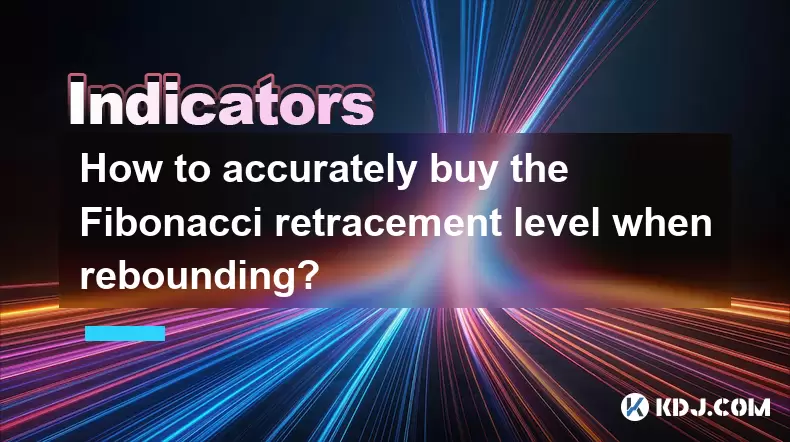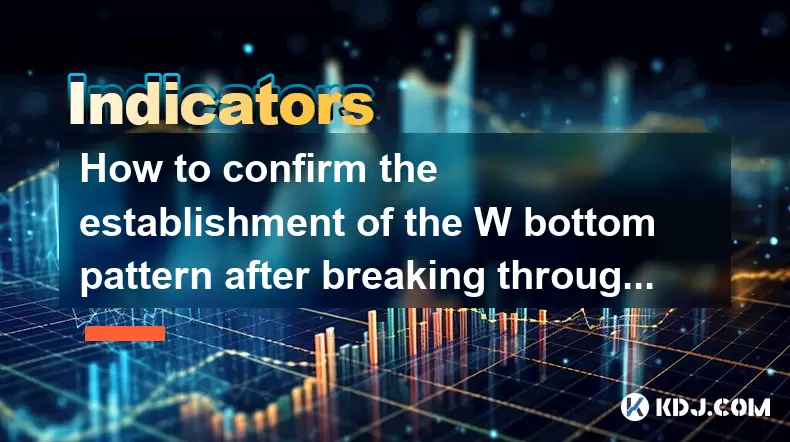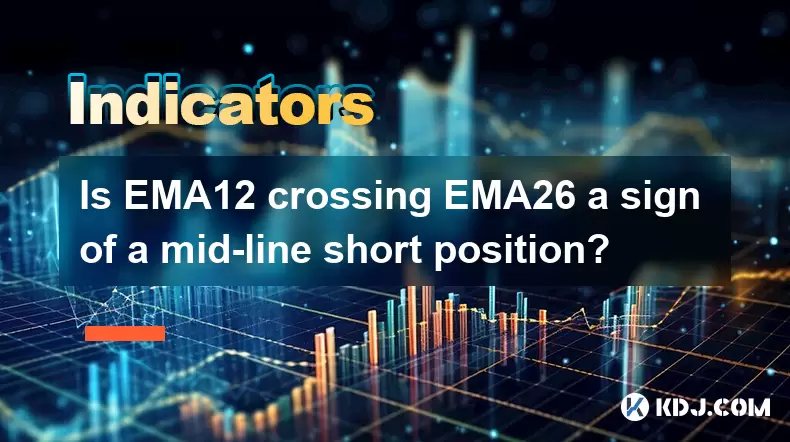-
 Bitcoin
Bitcoin $106,754.6083
1.33% -
 Ethereum
Ethereum $2,625.8249
3.80% -
 Tether USDt
Tether USDt $1.0001
-0.03% -
 XRP
XRP $2.1891
1.67% -
 BNB
BNB $654.5220
0.66% -
 Solana
Solana $156.9428
7.28% -
 USDC
USDC $0.9998
0.00% -
 Dogecoin
Dogecoin $0.1780
1.14% -
 TRON
TRON $0.2706
-0.16% -
 Cardano
Cardano $0.6470
2.77% -
 Hyperliquid
Hyperliquid $44.6467
10.24% -
 Sui
Sui $3.1128
3.86% -
 Bitcoin Cash
Bitcoin Cash $455.7646
3.00% -
 Chainlink
Chainlink $13.6858
4.08% -
 UNUS SED LEO
UNUS SED LEO $9.2682
0.21% -
 Avalanche
Avalanche $19.7433
3.79% -
 Stellar
Stellar $0.2616
1.64% -
 Toncoin
Toncoin $3.0222
2.19% -
 Shiba Inu
Shiba Inu $0.0...01220
1.49% -
 Hedera
Hedera $0.1580
2.75% -
 Litecoin
Litecoin $87.4964
2.29% -
 Polkadot
Polkadot $3.8958
3.05% -
 Ethena USDe
Ethena USDe $1.0000
-0.04% -
 Monero
Monero $317.2263
0.26% -
 Bitget Token
Bitget Token $4.5985
1.68% -
 Dai
Dai $0.9999
0.00% -
 Pepe
Pepe $0.0...01140
2.44% -
 Uniswap
Uniswap $7.6065
5.29% -
 Pi
Pi $0.6042
-2.00% -
 Aave
Aave $289.6343
6.02%
What does it mean that the Ultimate Oscillator (UOS) breaks through 50?
The Ultimate Oscillator breaking above 50 signals strengthening bullish momentum, especially when confirmed by price action and volume.
Jun 15, 2025 at 09:36 am

Understanding the Ultimate Oscillator (UOS) and Its Significance
The Ultimate Oscillator (UOS) is a momentum oscillator developed by Larry Williams in 1985. It combines short-term, medium-term, and long-term price action to generate overbought and oversold signals. Unlike other oscillators that use only one time frame, UOS integrates three different time periods—typically 7, 14, and 28 days—to provide a more balanced view of market momentum.
The indicator ranges from 0 to 100, with levels above 70 generally considered overbought and below 30 considered oversold. However, when traders refer to the UOS breaking through 50, they are focusing on a specific threshold that may indicate a shift in market sentiment or trend strength.
What Does the 50-Level Represent?
In the context of the Ultimate Oscillator, the 50 level serves as a midpoint between the extremes of 0 and 100. Crossing above or below this level can signal a potential change in momentum. Specifically, a breakthrough above 50 suggests increasing bullish momentum, while a drop below it implies bearish dominance.
This threshold is not tied to overbought or oversold conditions but rather acts as a dynamic equilibrium line. When the UOS moves above 50, it indicates that buying pressure has started to outweigh selling pressure across multiple time frames. Conversely, a move below 50 shows that sellers are gaining control.
How to Interpret a Breakthrough Above 50
A UOS breakout above 50 should be interpreted within the broader context of price action and other technical indicators. Here's how to approach such a signal:
- Confirm with Price Movement: Ensure that the price chart supports the oscillator's movement. If the UOS rises above 50 while the price is also trending upward, it strengthens the validity of the signal.
- Look for Volume Confirmation: A surge in trading volume during the breakthrough can reinforce the idea that institutional or retail buyers are entering the market.
- Use Other Indicators for Validation: Combine UOS with tools like moving averages, RSI, or MACD to filter out false signals and enhance accuracy.
Traders often wait for the UOS to remain consistently above 50 before considering it a valid shift in momentum. A single candle crossing this level might be misleading due to short-term volatility.
Practical Steps to Trade Based on UOS Breaking Through 50
If you're planning to trade based on a UOS break above or below 50, follow these steps carefully:
- Step 1: Identify the Time Frame: Choose the time frame you're analyzing—common settings are 7, 14, and 28 periods for daily charts.
- Step 2: Set Up the Indicator: Add the Ultimate Oscillator to your charting platform. Most platforms like TradingView or MetaTrader have it pre-installed.
- Step 3: Watch for the Breakthrough: Monitor the UOS line closely as it approaches the 50 level. Pay attention to whether it closes above or below this line.
- Step 4: Confirm with Price Action: Check if the price is showing signs of reversal or continuation in line with the UOS movement.
- Step 5: Enter the Trade: If all confirmations align, consider entering a position. For example, a UOS rising above 50 along with a bullish candlestick pattern could justify a long entry.
- Step 6: Manage Risk: Always place a stop-loss order to protect against sudden reversals. Adjust take-profit levels according to your risk-reward ratio.
It's crucial to remember that no single indicator guarantees success. The UOS should be used as part of a broader trading strategy.
Differentiating Between False Signals and Valid Breakthroughs
One of the challenges of using the Ultimate Oscillator is distinguishing real momentum shifts from false signals. Here’s how to reduce the likelihood of being misled:
- Avoid Acting on Single Candles: Wait for the UOS to stay above or below 50 for at least two consecutive periods before taking action.
- Combine with Trend Lines: Use support and resistance levels to assess whether the oscillator's movement aligns with key price zones.
- Filter Using Moving Averages: If the price is above the 50-period moving average and the UOS crosses above 50, it adds credibility to the bullish case.
- Monitor Market Conditions: In highly volatile or sideways markets, the UOS may give frequent false signals. Be cautious during such times.
By applying filters and confirming with multiple sources, traders can avoid premature entries and improve their decision-making process.
Frequently Asked Questions
Q: Can the UOS alone be used for trading decisions?
While the UOS provides valuable insights into market momentum, relying solely on it can lead to false signals. It's best used in combination with other technical tools and price analysis.
Q: Is the 50-level breakthrough more significant in certain markets?
Yes, in trending markets, a UOS move above or below 50 can serve as a stronger confirmation of trend continuation. In ranging markets, however, it may produce less reliable signals.
Q: What are the default settings for the Ultimate Oscillator?
The standard settings for UOS are 7, 14, and 28 periods. These values represent short, medium, and long-term time frames, respectively.
Q: How does the UOS differ from the RSI?
Unlike the RSI, which uses a single period to measure momentum, the UOS incorporates three different time frames, offering a more comprehensive view of underlying momentum across varying durations.
Disclaimer:info@kdj.com
The information provided is not trading advice. kdj.com does not assume any responsibility for any investments made based on the information provided in this article. Cryptocurrencies are highly volatile and it is highly recommended that you invest with caution after thorough research!
If you believe that the content used on this website infringes your copyright, please contact us immediately (info@kdj.com) and we will delete it promptly.
- 2025-W Uncirculated American Gold Eagle and Dr. Vera Rubin Quarter Mark New Products
- 2025-06-13 06:25:13
- Ruvi AI (RVU) Leverages Blockchain and Artificial Intelligence to Disrupt Marketing, Entertainment, and Finance
- 2025-06-13 07:05:12
- H100 Group AB Raises 101 Million SEK (Approximately $10.6 Million) to Bolster Bitcoin Reserves
- 2025-06-13 06:25:13
- Galaxy Digital CEO Mike Novogratz Says Bitcoin Will Replace Gold and Go to $1,000,000
- 2025-06-13 06:45:13
- Trust Wallet Token (TWT) Price Drops 5.7% as RWA Integration Plans Ignite Excitement
- 2025-06-13 06:45:13
- Ethereum (ETH) Is in the Second Phase of a Three-Stage Market Cycle
- 2025-06-13 07:25:13
Related knowledge

When should we be alert to the continuous positive lines with large volume at low levels?
Jun 16,2025 at 10:56pm
Understanding Continuous Positive Lines in Cryptocurrency ChartsIn the world of cryptocurrency trading, chart patterns are essential tools for predicting price movements. One such pattern that traders often observe is a series of continuous positive lines—also known as bullish candles—appearing at low price levels. These lines, especially when accompani...

How to accurately buy the Fibonacci retracement level when rebounding?
Jun 16,2025 at 09:56pm
Understanding the Fibonacci Retracement ToolThe Fibonacci retracement is a popular technical analysis tool used by traders to identify potential support and resistance levels. It is based on the idea that markets will retrace a predictable portion of a move before continuing in the original direction. The key Fibonacci levels are typically 23.6%, 38.2%,...

How to set the stop profit point after the high-level propeller pattern?
Jun 16,2025 at 08:04pm
Understanding the High-Level Propeller PatternThe high-level propeller pattern is a technical analysis formation often observed in cryptocurrency trading charts. It typically appears at significant price peaks and signals potential reversals. The pattern consists of a large candlestick with long upper and lower shadows, resembling a propeller, indicatin...

When is the most reasonable stop loss after the three crows pattern?
Jun 16,2025 at 08:14pm
Understanding the Three Crows Pattern in Cryptocurrency TradingThe three crows pattern is a well-known bearish reversal signal in technical analysis, particularly relevant in volatile markets like cryptocurrency. It typically appears at the end of an uptrend and consists of three consecutive long red (or bearish) candles with progressively lower closes....

How to confirm the establishment of the W bottom pattern after breaking through the neckline?
Jun 16,2025 at 10:28pm
Understanding the W Bottom Pattern in Cryptocurrency TradingThe W bottom pattern is a popular technical analysis formation used by traders to identify potential reversal points in price trends. It typically appears at the end of a downtrend and signals a possible shift towards an uptrend. The pattern gets its name from its shape, which resembles the let...

Is EMA12 crossing EMA26 a sign of a mid-line short position?
Jun 16,2025 at 07:22pm
Understanding EMA12 and EMA26 in Cryptocurrency TradingIn the world of cryptocurrency trading, Exponential Moving Averages (EMAs) are widely used tools for analyzing price trends. Specifically, the EMA12 and EMA26 are two of the most commonly referenced EMAs among traders. The EMA12 represents a short-term moving average calculated over the past 12 time...

When should we be alert to the continuous positive lines with large volume at low levels?
Jun 16,2025 at 10:56pm
Understanding Continuous Positive Lines in Cryptocurrency ChartsIn the world of cryptocurrency trading, chart patterns are essential tools for predicting price movements. One such pattern that traders often observe is a series of continuous positive lines—also known as bullish candles—appearing at low price levels. These lines, especially when accompani...

How to accurately buy the Fibonacci retracement level when rebounding?
Jun 16,2025 at 09:56pm
Understanding the Fibonacci Retracement ToolThe Fibonacci retracement is a popular technical analysis tool used by traders to identify potential support and resistance levels. It is based on the idea that markets will retrace a predictable portion of a move before continuing in the original direction. The key Fibonacci levels are typically 23.6%, 38.2%,...

How to set the stop profit point after the high-level propeller pattern?
Jun 16,2025 at 08:04pm
Understanding the High-Level Propeller PatternThe high-level propeller pattern is a technical analysis formation often observed in cryptocurrency trading charts. It typically appears at significant price peaks and signals potential reversals. The pattern consists of a large candlestick with long upper and lower shadows, resembling a propeller, indicatin...

When is the most reasonable stop loss after the three crows pattern?
Jun 16,2025 at 08:14pm
Understanding the Three Crows Pattern in Cryptocurrency TradingThe three crows pattern is a well-known bearish reversal signal in technical analysis, particularly relevant in volatile markets like cryptocurrency. It typically appears at the end of an uptrend and consists of three consecutive long red (or bearish) candles with progressively lower closes....

How to confirm the establishment of the W bottom pattern after breaking through the neckline?
Jun 16,2025 at 10:28pm
Understanding the W Bottom Pattern in Cryptocurrency TradingThe W bottom pattern is a popular technical analysis formation used by traders to identify potential reversal points in price trends. It typically appears at the end of a downtrend and signals a possible shift towards an uptrend. The pattern gets its name from its shape, which resembles the let...

Is EMA12 crossing EMA26 a sign of a mid-line short position?
Jun 16,2025 at 07:22pm
Understanding EMA12 and EMA26 in Cryptocurrency TradingIn the world of cryptocurrency trading, Exponential Moving Averages (EMAs) are widely used tools for analyzing price trends. Specifically, the EMA12 and EMA26 are two of the most commonly referenced EMAs among traders. The EMA12 represents a short-term moving average calculated over the past 12 time...
See all articles

























































































